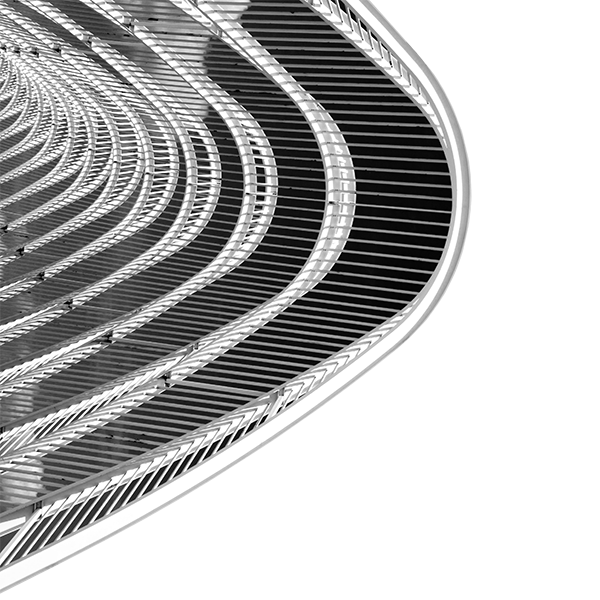Lightning Protection for Wind Turbines: Risks, Solutions, and Simulation Insights
Wind turbines are a cornerstone of renewable energy, but their towering structures and remote locations make them highly vulnerable to lightning strikes. A single lightning strike can damage blades, nacelles, or control systems, leading to expensive retrofits and lost revenue. Without robust lightning protection systems, turbines face costly damage, extended downtime, and reduced reliability impacting energy output and operational efficiency.
Unlike aerospace or automotive industries, testing wind turbines for lightning resilience is complex. Their massive size and high impedance make physical testing difficult. Transporting blades to test facilities is costly and time-consuming. As a result, simulation has become a critical tool for lightning risk assessment.
Advanced Lightning Simulation

Electro Magnetic Applications, Inc. (EMA) leverages Ansys EMC Plus simulation to model lightning interactions with wind turbines. EMA’s validated models support design optimization, failure analysis, and lightning protection system development. Models comply with IEC 61400-24 standards that are used across the industry to enhance turbine safety and reliability.
EMA can complete:
- 3D lightning attachment simulations
- Lightning protection design analysis
- Arcing/flashover risk assessments
- Damage and root cause investigations
- Geographical lightning probability mapping
- High voltage effect simulations
- Repair and retrofit evaluations
- On-site inspections

Fig. 1. Complex wind turbine simulation
Whether you are in the beginning stages of development or require a fix for damaged equipment, EMA can help you reduce downtime, avoid costly repairs, and maximize energy production.
Safeguard your wind energy assets today! Contact EMA here to learn more.

